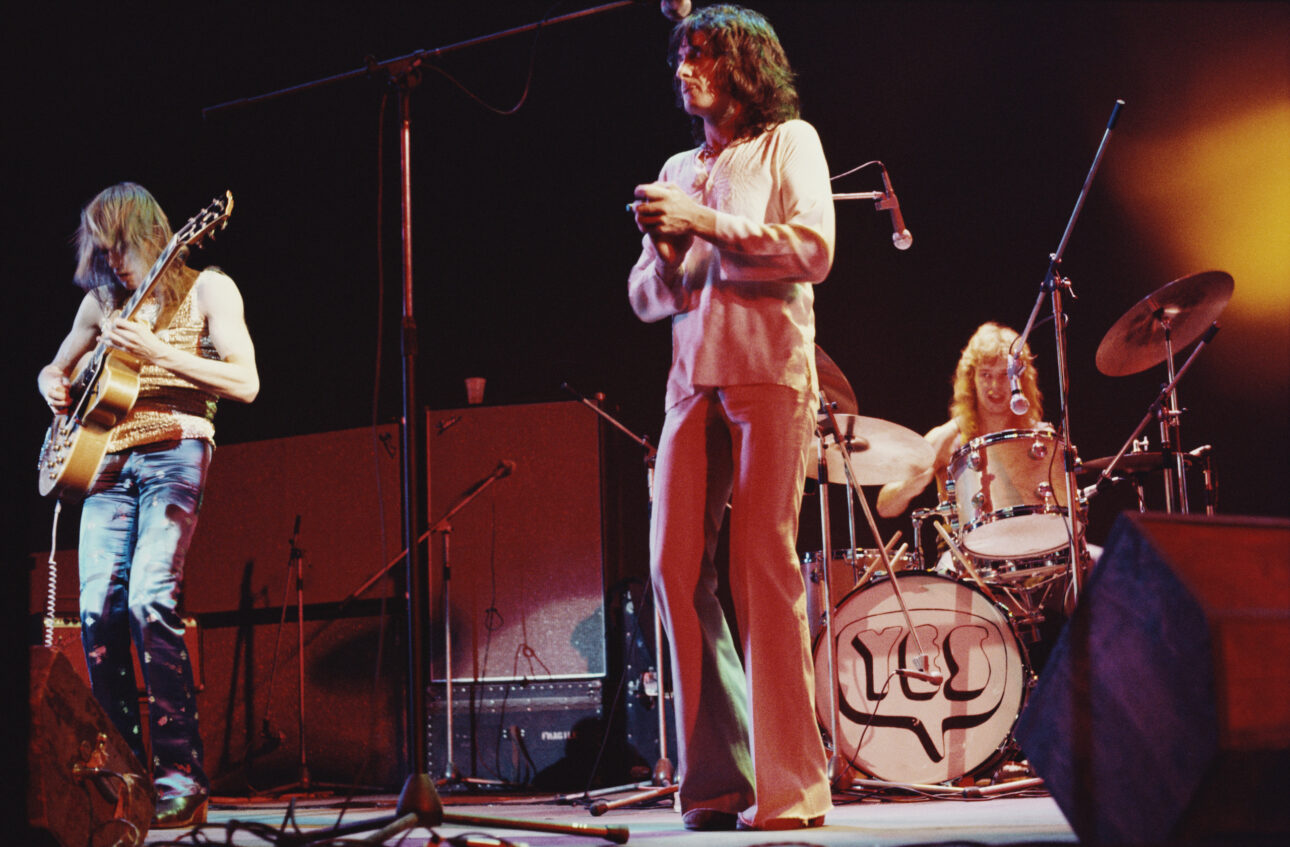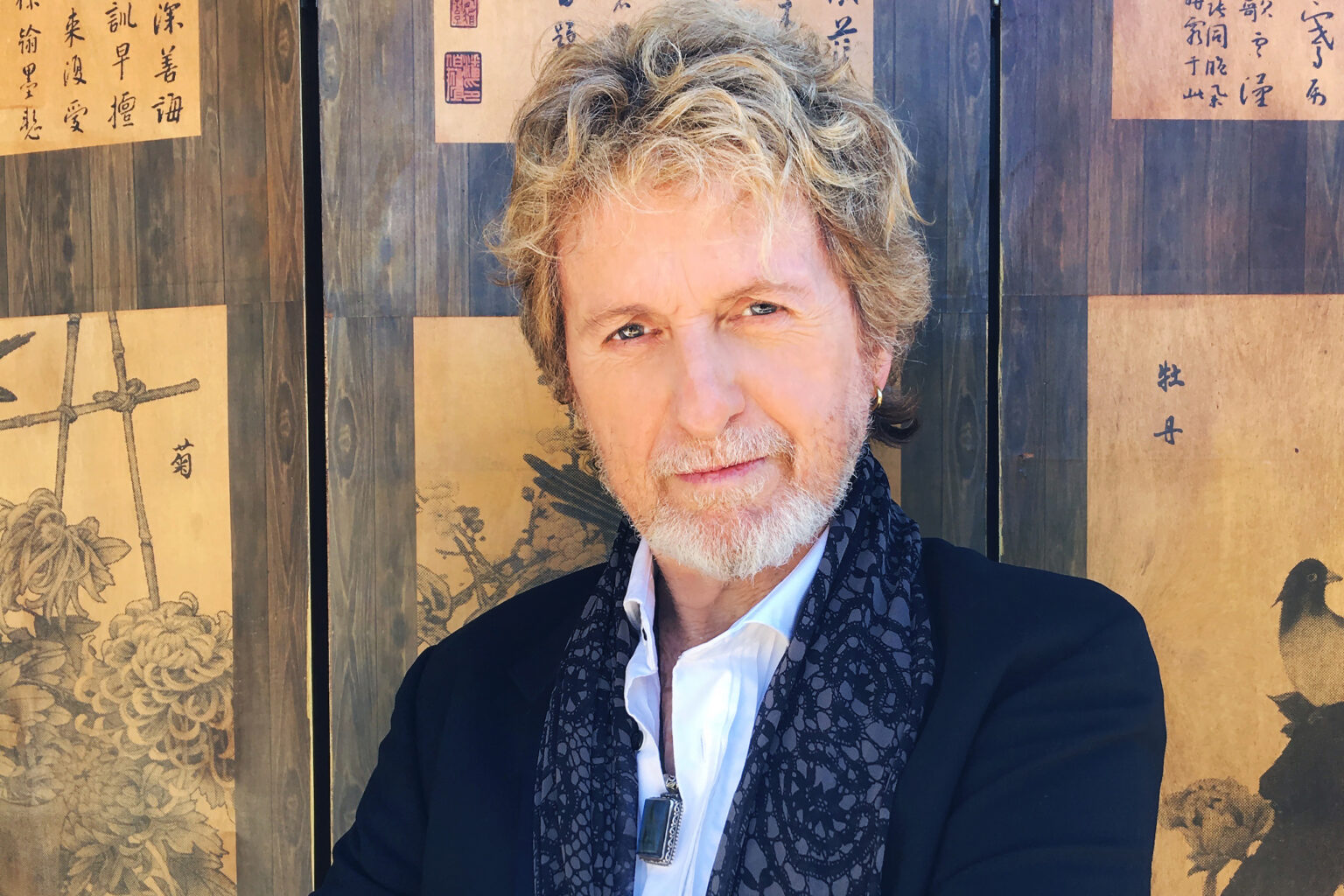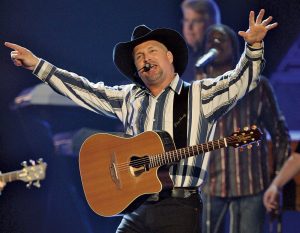
Jon Anderson exudes a Yogi-like calmness when he’s on television. “I’ve penned down everything I need to consider every day,” he muses with a high, characteristic rasp. “Humility, listening skills, decency, adaptability, and optimism…”
Distracting visual confusion surrounds the scene: a happy home-studio environment filled with a variety of musical toys, including what appears to be a hammered dulcimer and a harp. He laughs and continues, “I’ve had a studio now for about 20 years or so, and it got so messy.” “My studio was upgraded by a few guys, but it’s still a mess.”
The room itself is as big, vibrant, and perpetually buzzing as the singer’s mind. For “Close to the Edge,” the most ambitious and cinematically orchestrated rock song ever recorded, the same may be said.

By 1972, Yes had established itself as one of the leading progressive bands, riding high on the success of their fourth album, Fragile, which had peaked at No. 4 in the US and produced a genuine hit song on the radio in the form of the ecstatic and comparatively short “Roundabout.” However, it was obvious that the band—which included drummer Bill Bruford, guitarist Steve Howe, bassist Chris Squire, keyboardist Rick Wakeman, and drummer Anderson—was eager to go somewhere even more vast than previous mini-epics like “Heart of the Sunrise” and “South Side of the Sky.”
The inspiration for “Close to the Edge” began during the lengthy Fragile tour, when Anderson was exposed to a wide range of mind-blowing sounds and texts, such as the one-movement Symphony No. 7 by Jean Sibelius, the ambient synth album Sonic Seasonings by Wendy Carlos, and the spiritual journey of Hermann Hesse’s 1922 novel Siddhartha. All of it came together to form the free-flowing, 19-minute marathon that makes up the first half of their critically praised fifth album. It has elements of folk, jazz-fusion, church music, hard rock, and sound effects.
You couldn’t hold it against Anderson for being a little forgetful more than fifty years later. (Or, conversely, a little sidetracked:) At the time of our conversation, he was getting ready to embark on a Yes tour including the Band Geeks’ “epics” and “classics.” Their newest album, TRUE, is due out on August 23. Not to mention, he’s still working on “Opus Opus,” which he says he’s finishing slowly. It had some orchestra added by a buddy of mine who is an amazing orchestra man. A 20-piece choir is all I need right now. [Giggles] I only require that.”)
Our tour was called Fragile. Also, since you are traveling throughout the day when on tour, you have lots of opportunity to reflect on various topics. In fact, I had an opening luggage that revealed a boombox. I had a studio of my own with records and other stuff. I became aware that I was using headphones to listen to Sibelius’ Symphony No. 7 two or three times a day. The notion that it was like living in a kind of emptiness—you never know what’s going to happen next—just captivated me. Rock songs often last six to seven minutes, or less, on the radio, and you can instantly recognize them when you hear them. However, when you have an ever-evolving piece of music, regardless of how
After I discussed it with Steve, he actually began jotting down some thoughts. I recall walking past Steve’s room on my way to breakfast when we were staying at a Holiday Inn. Something, an early joint, was the source of the smoke emanating from under the door. While he was playing this guitar piece, I pulled over and asked, “What are you doing?” “I’ve got this thing,” he declared. “Close to the edge / round by the corner” is how it goes. I inquired, “Is that all?” “Continue with the chords,” I said.
“Round by a river / Down on the end.” I had just finished reading the exquisite book Siddhartha, which tells the story of a man of the same name who traveled the world in search of a divine connection. By a river, he eventually discovered it within himself. I began singing ideas to him, and by the conclusion of the journey, we had a few small drawings of concepts.






